-
Puss In Boots by Charles Perrault Fairy Tale Analysis
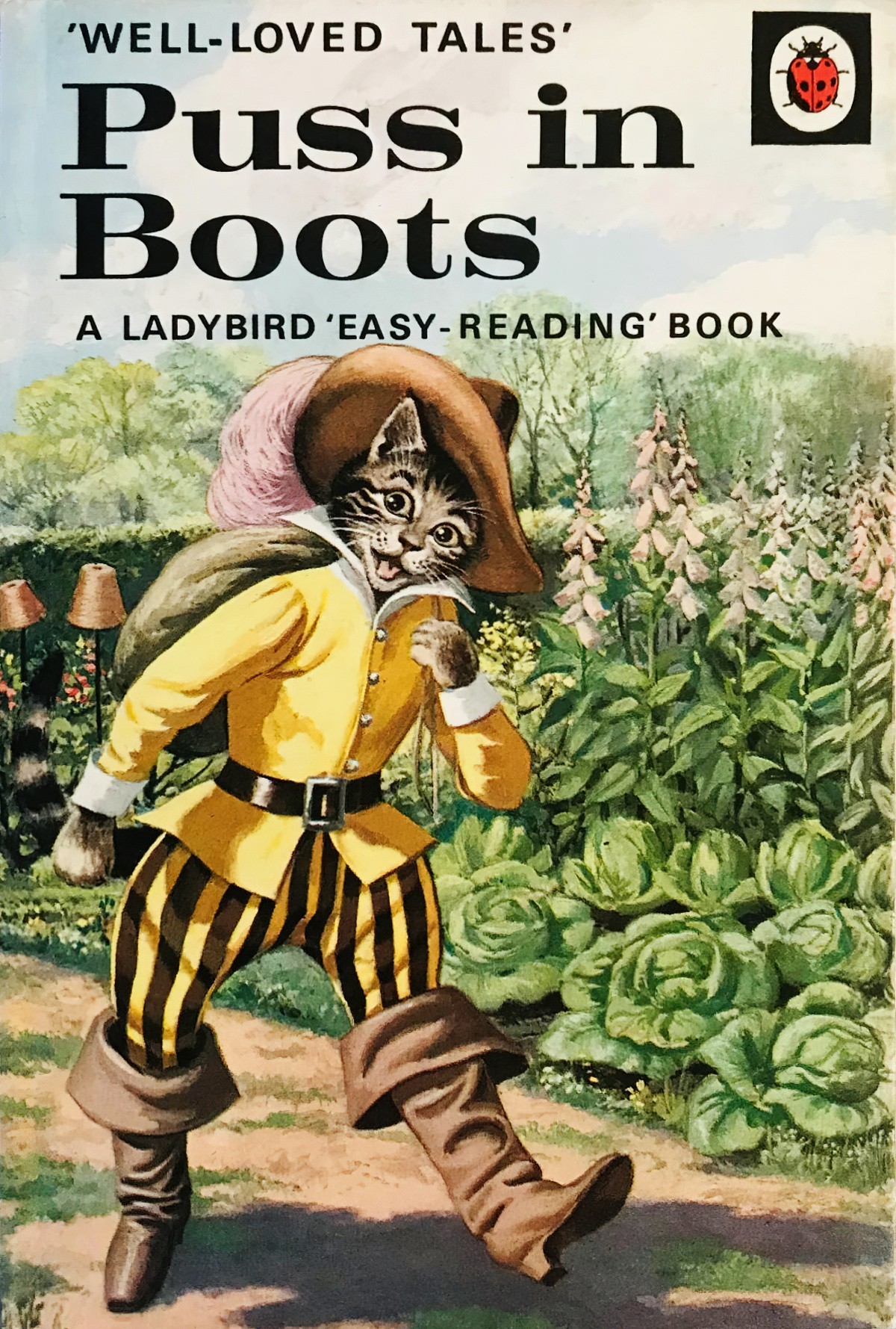
These days, modern children are probably most likely to have encountered Puss In Boots in the second Shrek movie. The most resonant scene for us all is probably the bit where Puss is revealed to be a manipulative little bastard, making his eyes big and cute in order to get what he wants. I admit, it’s a real triumph of animation.
-
Sleeping Beauty And Cannibalism
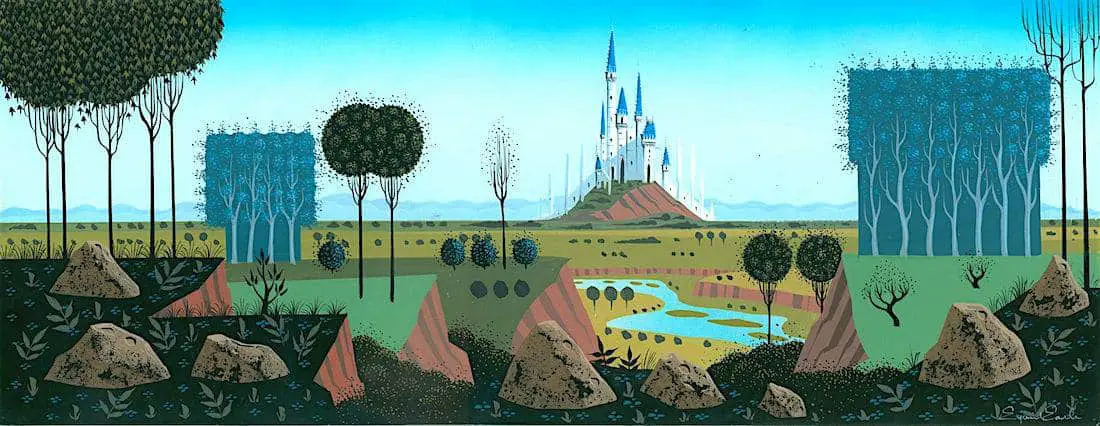
If you’ve already read Angela Carter’s short stories, in which she rewrites famous tales as feminist ones, you may well hear her scoffing silently in your head as you read these tales, mostly by Charles Perrault, who added his own paternalistic, misogynist morals as paragraphs at the ends. And if you’ve never read these tales […]
-
The Emperor’s New Clothes by Hans Christian Andersen Fairy Tale Analysis
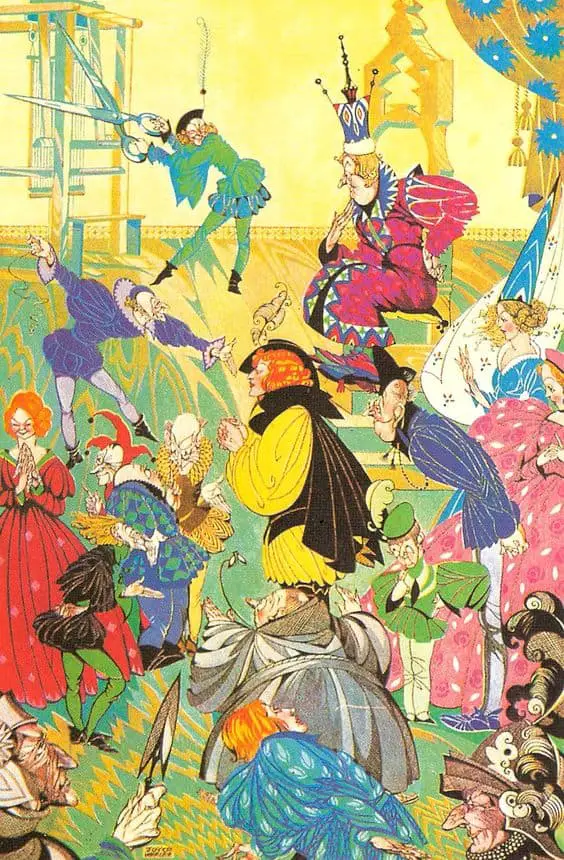
Always remember that the crowd which applauds your coronation is the same crowd that will applaud your beheading. People like a show. Going Postal, Terry Pratchett If you’re here because you’ve been assigned to write an essay on emperors, be sure to double check which emperor you’re meant to be writing about. A BRIEF HISTORY […]
-
Beauty And The Beast Fairy Tale Analysis
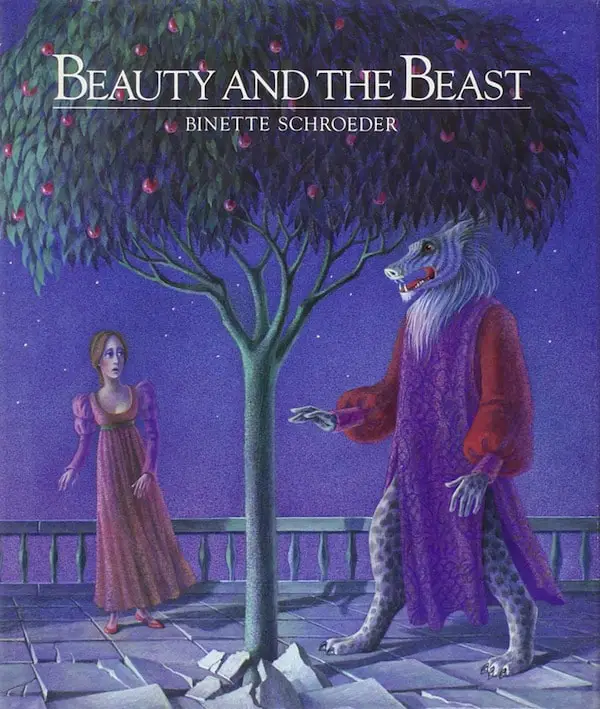
Beauty and the Beast is a strongly mythic tale: A girl goes on a journey and ultimately finds her true self. PARATEXT “The Beauty and the Beast” is a tale featuring multiple levels of misogyny and much has already been said about that. For example, Was Disney’s Beauty and the Beast Re-Tooled Because Belle Wasn’t Enough Of A […]
-
The History And Influence Of Cinderella Fairy Tale Analysis
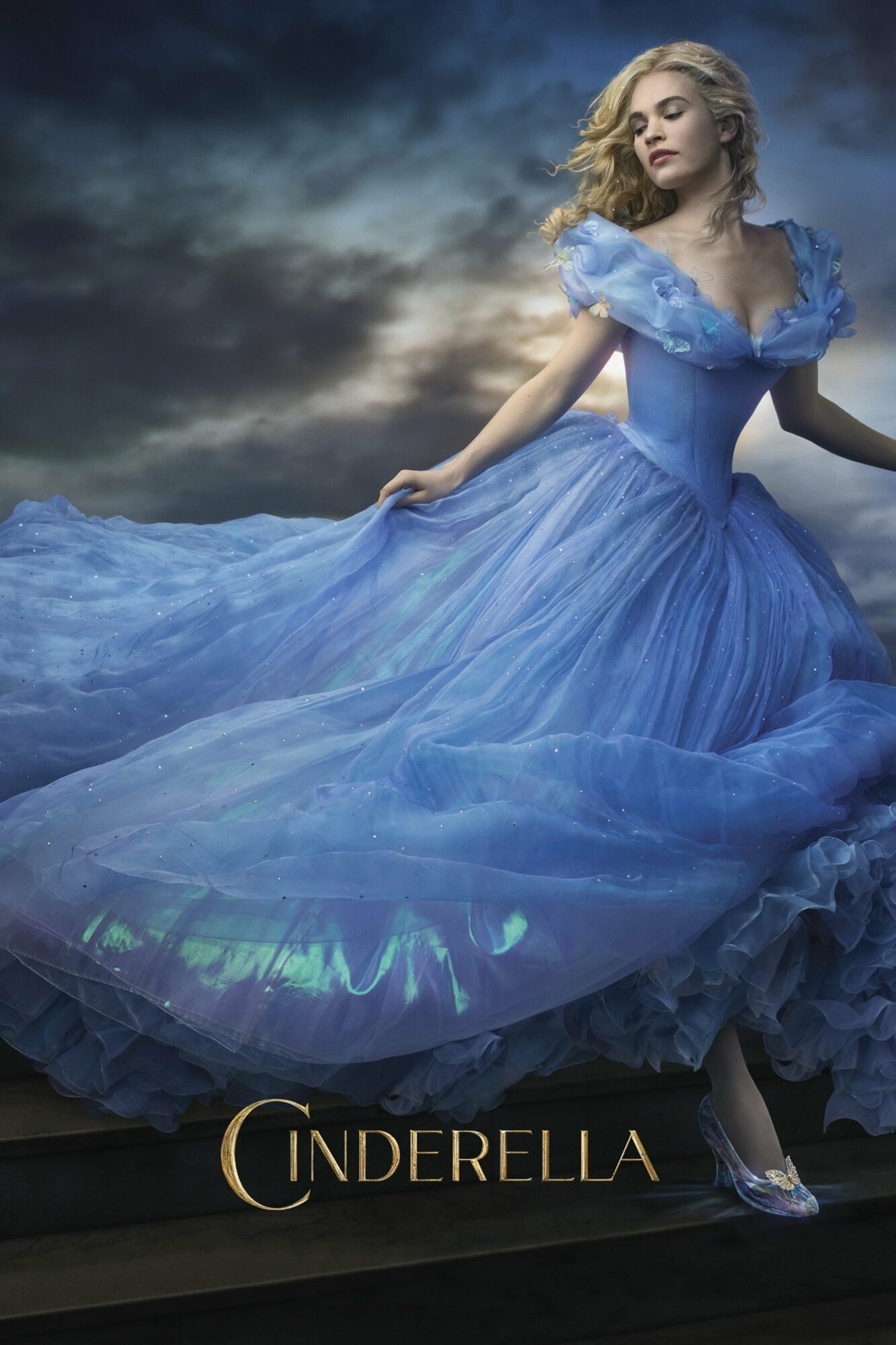
“Cinderella” is a classic rags-to-riches tale and can be found, written straight or subverted, throughout the history of literature. It’s worth pointing out that Cinderella wasn’t truly from ‘rags’. She was related to middle class people, so was at least middle class herself. No one wants to hear about actual starvation, rickets and whatnot at bedtime. This is a middle-class-to-rags-to-aristocrat…
-
The Difference Between Folklore and Fable
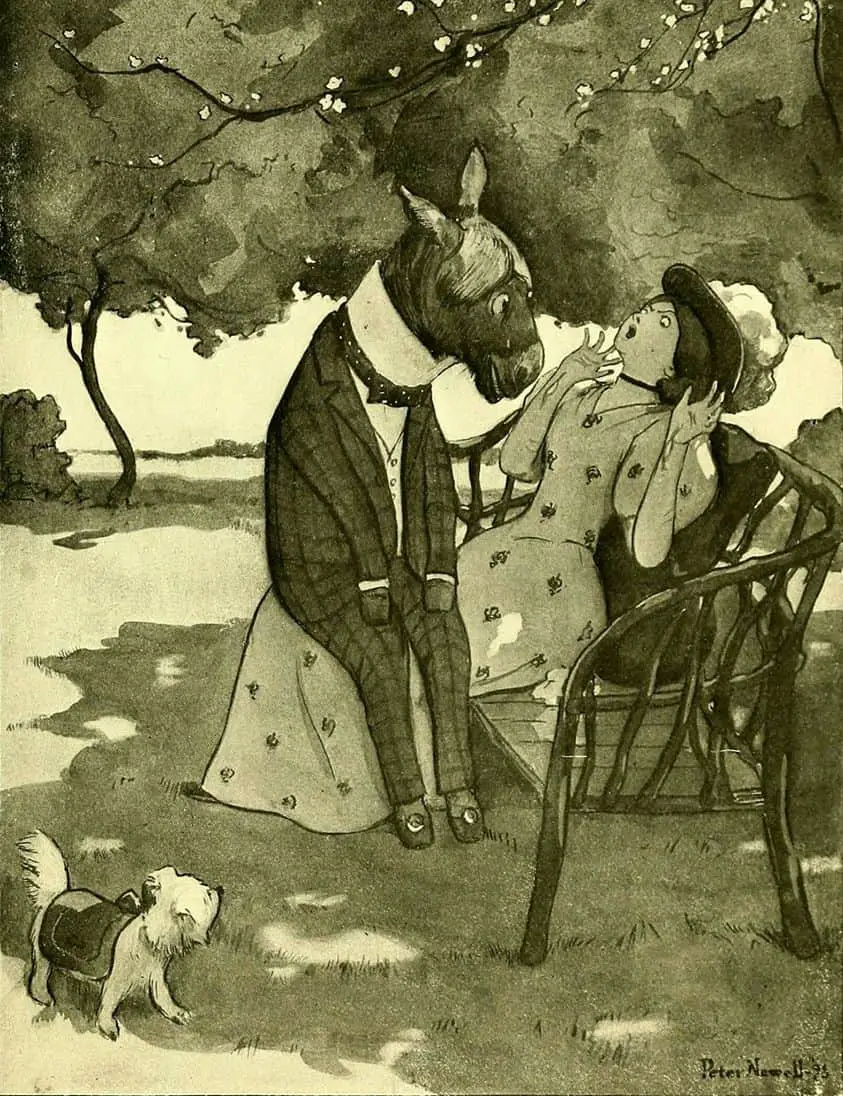
Folklore refers to the traditional beliefs, customs, and stories of a community, passed through the generations by word of mouth. No one knows the origins of folklore. Fables are parables which star non-humans (animals). Contemporary speakers rarely make this distinction. Mostly nowadays ‘fable’ is sometimes used instead of ‘parable’. Commentators know the lines have blurred and will […]
-
The Magic Porridge Pot And Famine
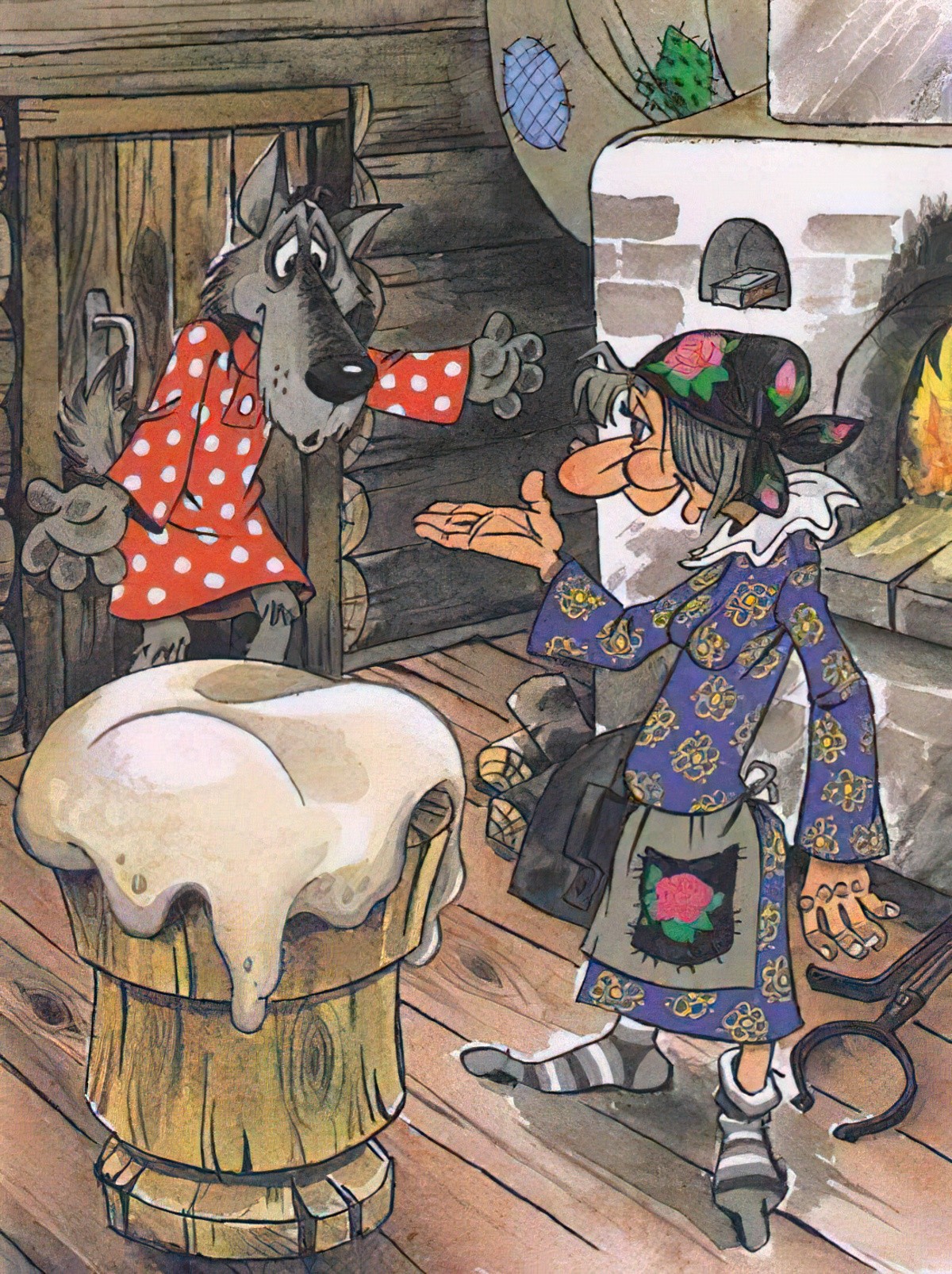
The Magic Porridge Pot is also known as Sweet Porridge and goes by various similar titles. This is a fairytale borne of famine.
-
The Trickster Archetype In Storytelling
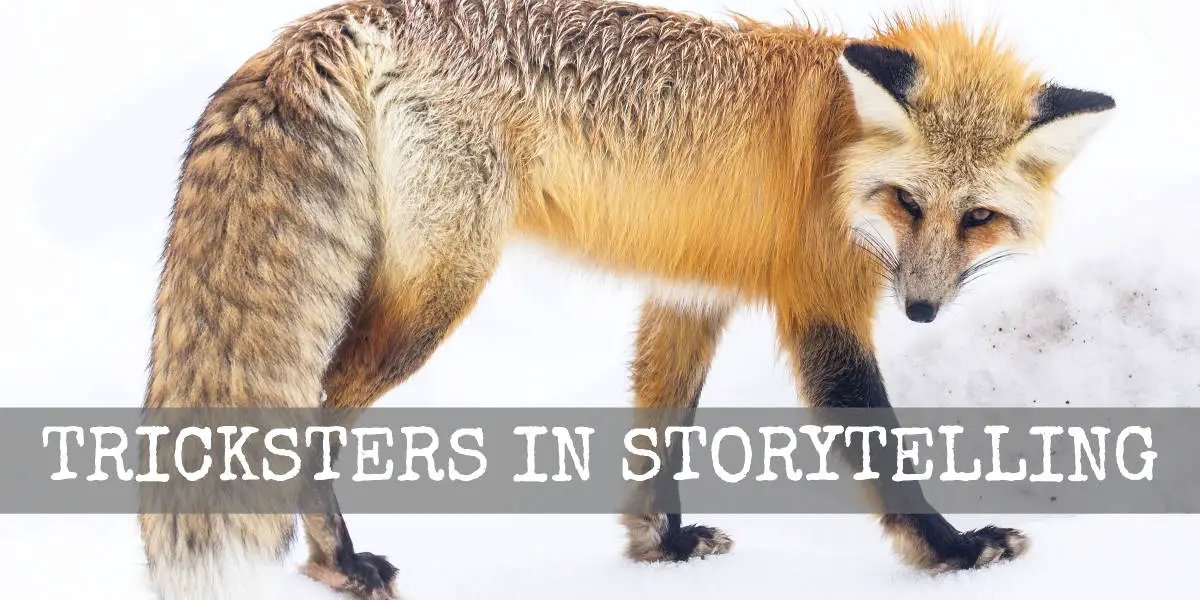
Tricksters are characters who make secret plans to get away with stuff and to get what they want. Most characters in children’s literature have an element of trickster about them, but this archetype is found frequently across the history of storytelling. In any negotiation, the one who lays out their position first usually loses because […]
-
The Plot Points Of Every Single Fairytale
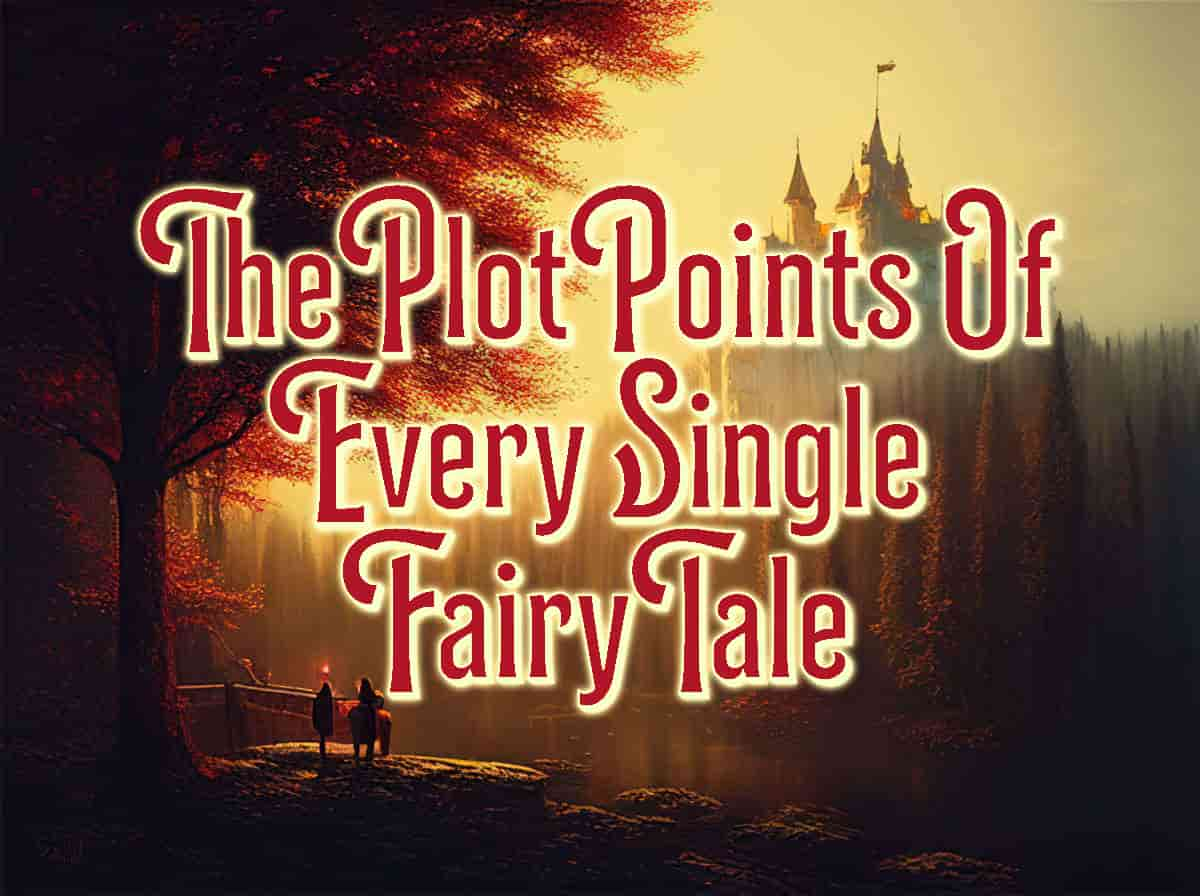
Not every fairytale includes every plot point as listed below, but when they do, they appear in order.
-
Fairytale Archetypes
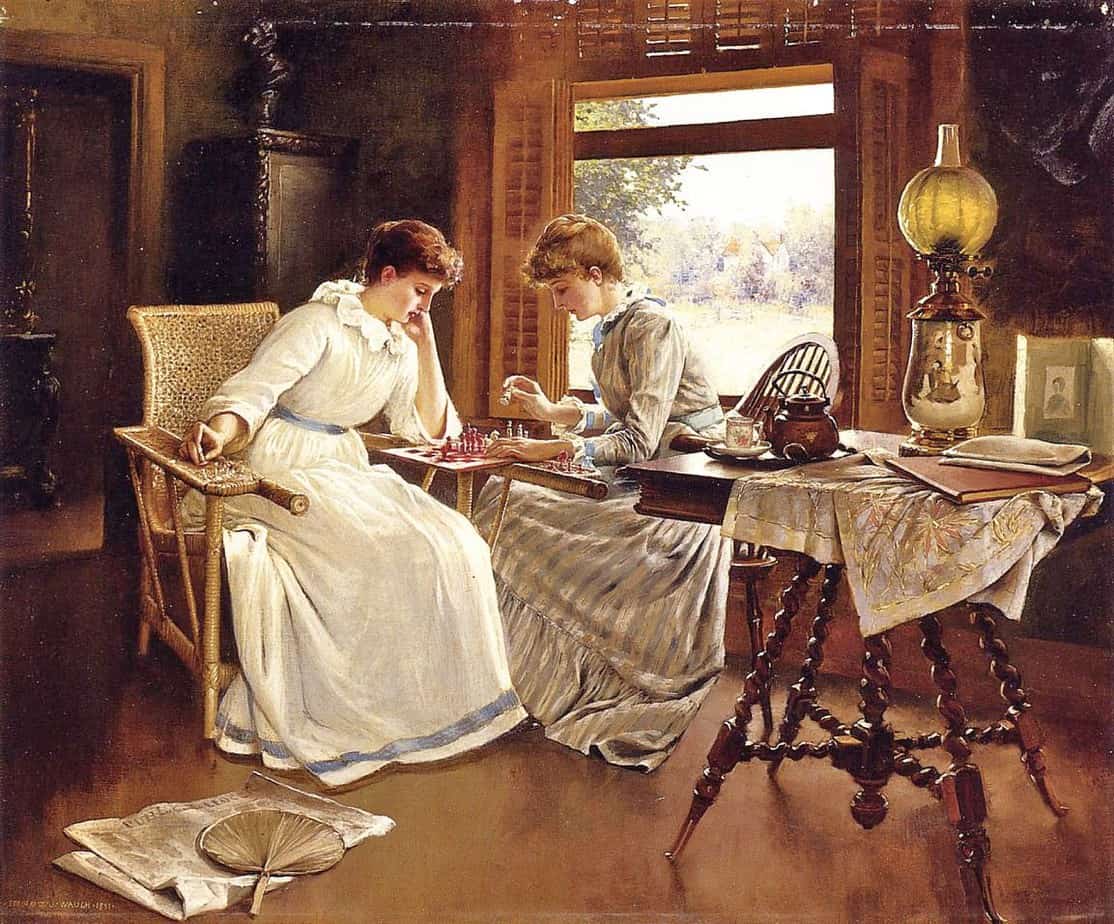
Marina Warner has a great way of thinking about fairytale archetypes: Imagine them as pieces on a chessboard. We know all we need to know about them just from their appearance. Moreover, their position on the board limits the number of possible moves they’re able to make. If you’ve ever seen Tarot cards, the archetypes […]
-
The Tiger’s Bride by Angela Carter Short Story Analysis
“The Tiger’s Bride” is a short story in Angela Carter’s The Bloody Chamber collection. Marina Warner writes of stories in The Bloody Chamber, published during the post-war feminist movement which largely denounced fairytales and everything they stood for: [Carter] refused to join in rejecting or denouncing fairy tales, but instead embraced the whole stigmatised genre, […]
-
The Influence Of King Arthur
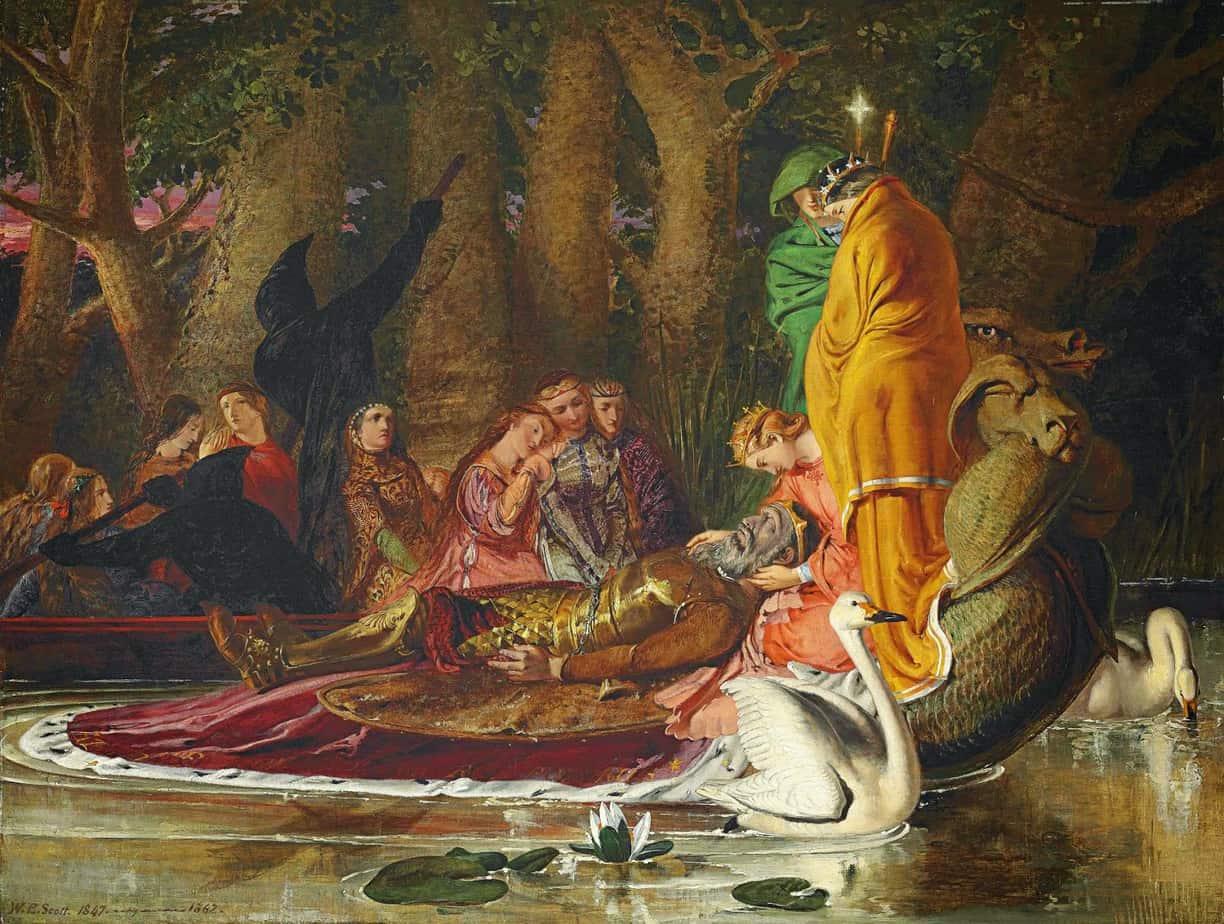
Was King Arthur real? People have been hoping so for 1500 years. And how similar was he to the historical Jesus? See: In Search of the Historical Arthur by C. Dal Brittain, professor of medieval history and fantasy writer Another good place to start with a King Arthur story is with “The Legend of King […]
-
The Bloody Chamber by Angela Carter Short Story Analysis
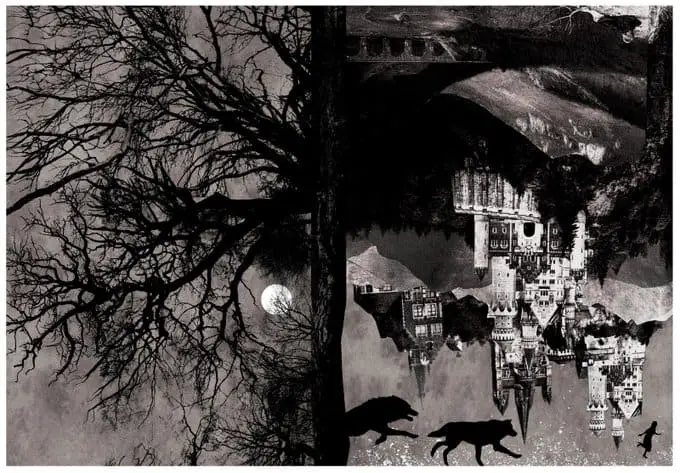
“The Bloody Chamber” is a feminist-leftie re-visioning of Bluebeard, written in the gothic tradition, set in a French castle with clear-cut goodies and baddies. The title story of The Bloody Chamber, first published in 1979, was directly inspired by Charles Perrault’s fairy tales of 1697: his “Barbebleue” (Bluebeard) shapes Angela Carter’s retelling, as she lingers […]
-
Princesses In Children’s Stories
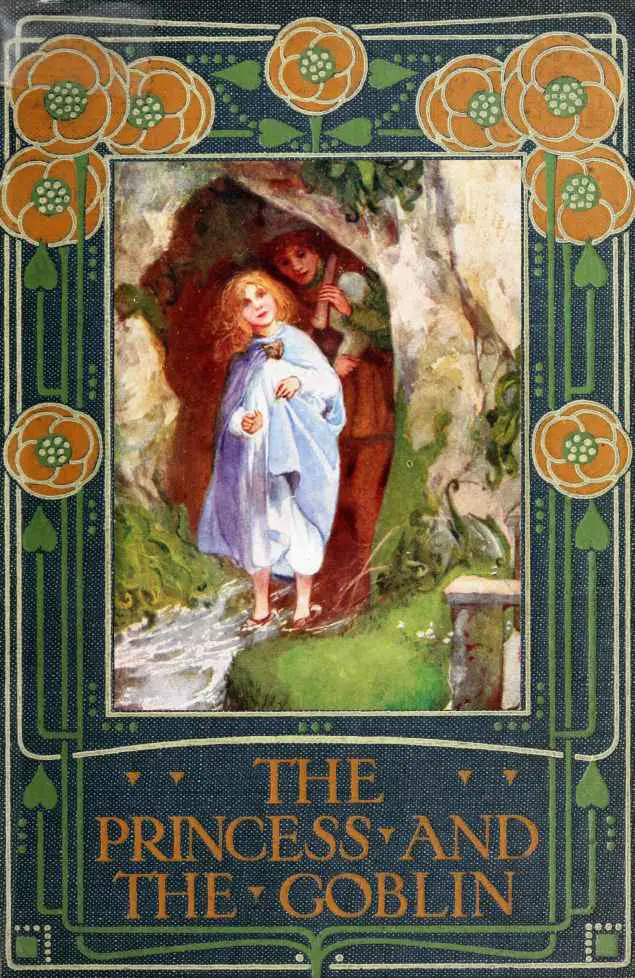
WHY ALL THE PRINCESSES? The proliferation of princesses in stories for children is partly explained by Maria Nikolajeva in Rhetoric of Character In Children’s Literature: A structural approach to formulaic fiction, presented by John G. Cawelti (1976, 91), singles out four roles in a detective story: the victim, the criminal, the detective, and those threatened by […]